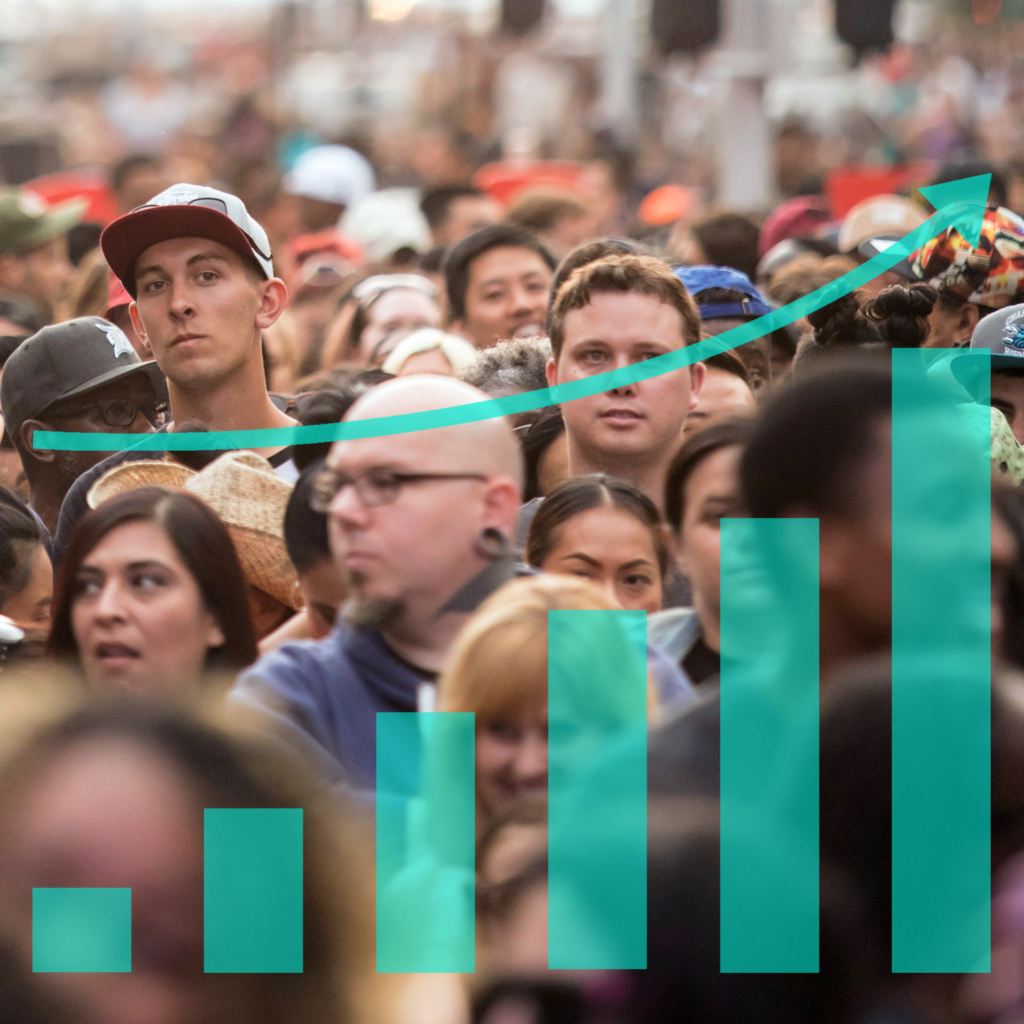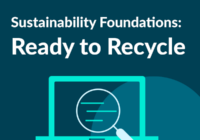Getting budget for social impact in 2024

It’s that time of year again: you’re making your social impact plans for 2024 and crossing your fingers the budget will be approved. With businesses still impacted by a difficult economic climate, most organisations are keeping a tight rein on their budget. How can you guarantee a budget for CSR, ESG, or social impact programmes in 2024?
Often, the cost of programmes is spread out across different departments’ budgets, according to the stakeholders they serve and departmental goals. While social impact will have to compete with other priorities for money, showing its ROI for each business area can go a long way towards ensuring a piece of the pie. Use data to make your argument more compelling – here are a few insights that might prove useful:
The impact of social purpose in attracting and retaining talent
Hiring new employees is expensive, with recruitment costing from 15% to 20% of the annual salary for non-executive positions1 and often taking months to find a candidate with the right skills. Social impact programmes are strategic in demonstrating company values, showcasing business purpose, and improving employees’ sense of meaning at work:
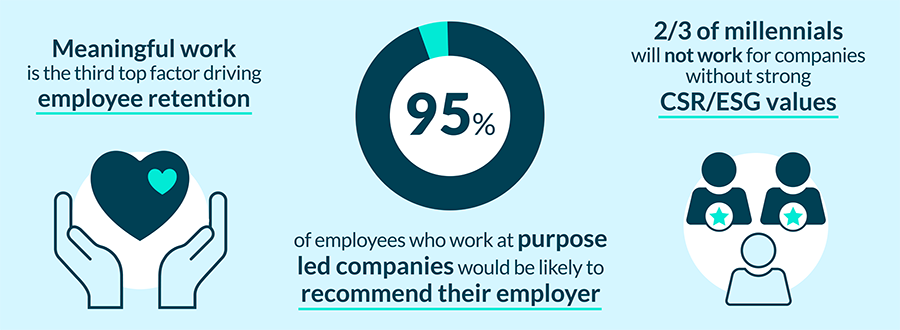
Benefits for consumer loyalty and brand reputation
Social impact programmes that truly support the community can make a huge difference to people’s lives and bring them closer to your brand. Authentic social impact outreach not only increases positive brand feelings, but has the power to reach people in the community whom you might otherwise miss.
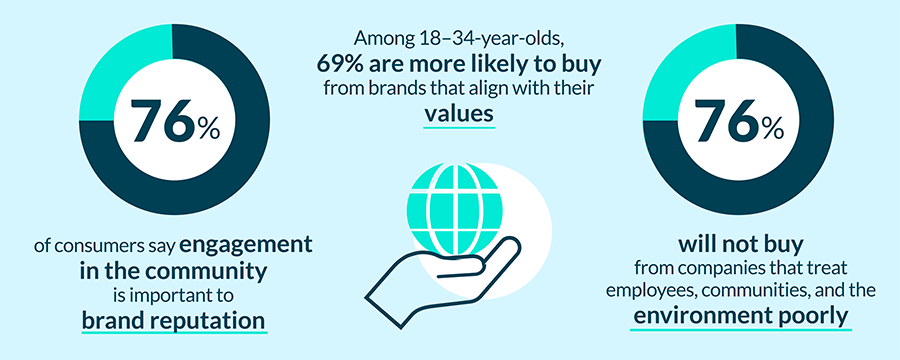
Effects on business growth
A strong social impact strategy benefits the community and the business as well:
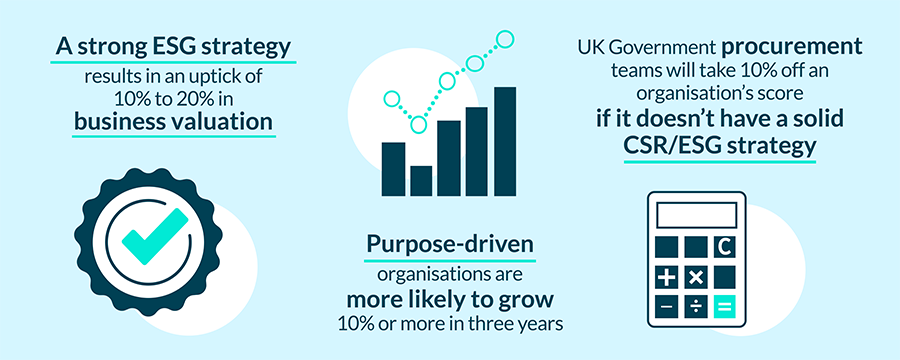
To further increase confidence in the ability of social purpose to drive business benefits, identify the metrics you’ll use to set goals and track how your social impact programme reflects back on the business. Here are some examples of metrics that can show clear business benefits:
- Employee satisfaction index
- Employee turnover rate
- Customer retention rate
- Revenue growth rate
- Social media engagement
- Demographic reach of the brand
In times of budget constraints, it’s important to clearly demonstrate not only the positive impact that CSR, ESG, and social purpose activities can have on the community, but also their direct business benefits. By outlining how social purpose helps your organisation achieve its goals across employee engagement, brand reputation, and business growth; by defining metrics to track its effect on business performance; and by channelling budget through different departments according to their stakeholders, you have a greater chance of securing the budget you need to make a difference in your community.
Planning your social impact for 2024?
Read our guide to a meaningful and effective programme.
Sources:
1 Centric HR. Attraction and Retention.
Workforce data: McKinsey. (2022). The Great Attrition is making hiring harder. | Forbes. (2020). The Power Of Purpose. | Porter Novellis. (2020). PN Purpose Tracker.
Consumer data: EVERFI UK consumer survey | Edelman. (2018). Earned brand 2018. | PwC. How much does the public care about ESG?
Market data: NYU Center for Sustainable Business. (2021). ESG and Financial Performance. | Harvard Business School Online. (2021). 15 Eye-opening corporate social responsibility statistics.
Stay Informed
Best practices, the latest research, and insights from our expert network of partners, delivered right to your inbox.
Success!Thank you for signing up. We'll be in touch with more relevant content.



